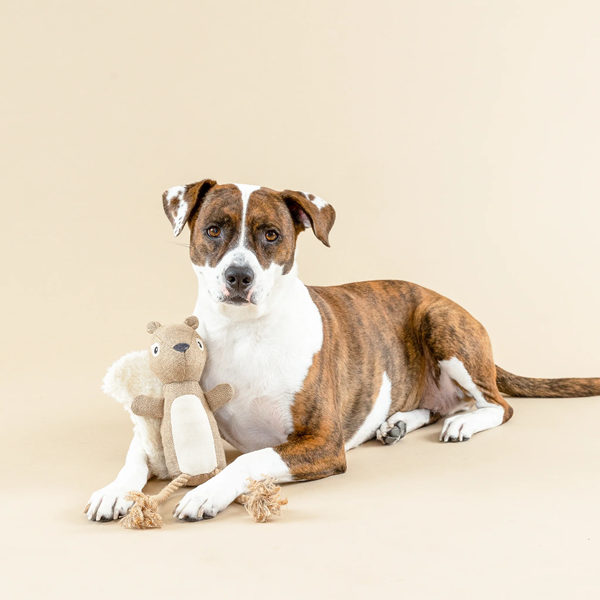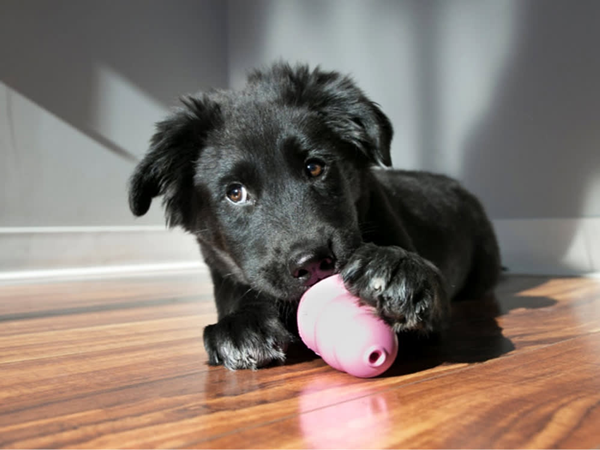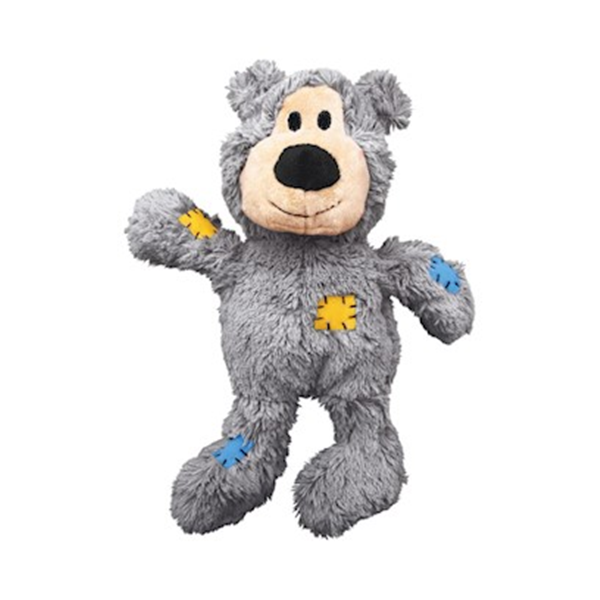
As a dog owner, one of the most common questions you might find yourself asking is, "How many toys should a dog have?" The answer isn't as straightforward as it may seem, as it depends on various factors including your dog's age, size, breed, and personality. In this article, we will explore the importance of toys for dogs, the types of toys available, and how to determine the right number of toys for your furry friend.
The Importance of Toys for Dogs
Toys play a crucial role in a dog's life. They provide mental stimulation, physical exercise, and an outlet for natural behaviors such as chewing and fetching. Toys can help alleviate boredom, reduce anxiety, and prevent destructive behaviors that can arise when a dog is left alone for extended periods. Moreover, interactive toys can enhance the bond between you and your dog, making playtime a rewarding experience for both.
Mental Stimulation
Dogs are intelligent creatures that require mental challenges to stay engaged. Toys that require problem-solving skills, such as puzzle toys or treat-dispensing toys, can keep your dog entertained and mentally stimulated. This is especially important for high-energy breeds that thrive on challenges.
Physical Exercise
Physical activity is essential for a dog's overall health. Toys that encourage movement, such as balls, frisbees, and tug toys, can help your dog burn off excess energy. Regular playtime not only keeps your dog fit but also helps maintain a healthy weight and reduces the risk of obesity-related health issues.

Chewing and Dental Health
Chewing is a natural behavior for dogs, and providing them with appropriate chew toys can help satisfy this instinct. Chew toys can also promote dental health by reducing plaque and tartar buildup. Look for durable chew toys that are specifically designed for your dog's size and chewing style.
Types of Toys for Dogs
When considering how many toys your dog should have, it's essential to think about the types of toys available. Here are some common categories:
Interactive Toys: These toys engage your dog in play and often require them to solve a puzzle or manipulate the toy to receive a reward. Examples include treat-dispensing balls and puzzle boxes.
Chew Toys: Designed for chewing, these toys come in various materials, including rubber, nylon, and rawhide. Choose a chew toy that is appropriate for your dog's size and chewing strength.
Fetch Toys: Balls, frisbees, and other flying toys are perfect for games of fetch. They encourage physical activity and can be used in various environments, from the backyard to the park.
Tug Toys: These toys are great for interactive play between you and your dog. Tugging can strengthen your bond and provide a fun way to engage your dog physically.
Comfort Toys: Soft toys or plush animals can provide comfort to dogs, especially puppies or those that experience anxiety. These toys can serve as a source of security for your pet.
How Many Toys Should Your Dog Have?
The number of toys your dog should have can vary widely based on individual needs. However, a general guideline is to have at least 5 to 10 toys available for your dog. This variety ensures that your dog has options to choose from, which can help prevent boredom.

Factors to Consider
Dog's Age: Puppies may require different types of toys compared to adult dogs. For instance, teething toys are essential for puppies, while older dogs may prefer softer toys.
Dog's Size: Larger breeds may need sturdier toys that can withstand their strength, while smaller breeds may benefit from toys designed for their size.
Dog's Activity Level: High-energy dogs may require more toys to keep them engaged, while less active dogs may be satisfied with fewer options.
Personal Preferences: Just like humans, dogs have their preferences. Observe which toys your dog enjoys the most and consider having more of those types.
Rotating Toys
To keep your dog interested, consider rotating their toys. Instead of giving them access to all their toys at once, keep some stored away and rotate them every few weeks. This method can make old toys feel new again and maintain your dog's interest in play.
Conclusion
In conclusion, the question of "How many toys should a dog have?" does not have a one-size-fits-all answer. It depends on various factors, including your dog's age, size, activity level, and personal preferences. A good rule of thumb is to have at least 5 to 10 toys, ensuring a mix of interactive, chew, fetch, tug, and comfort toys. By providing your dog with a variety of toys, you can enhance their quality of life, promote physical and mental health, and strengthen the bond between you and your furry friend. Remember, playtime is not just fun; it's an essential part of your dog's well-being!












